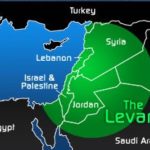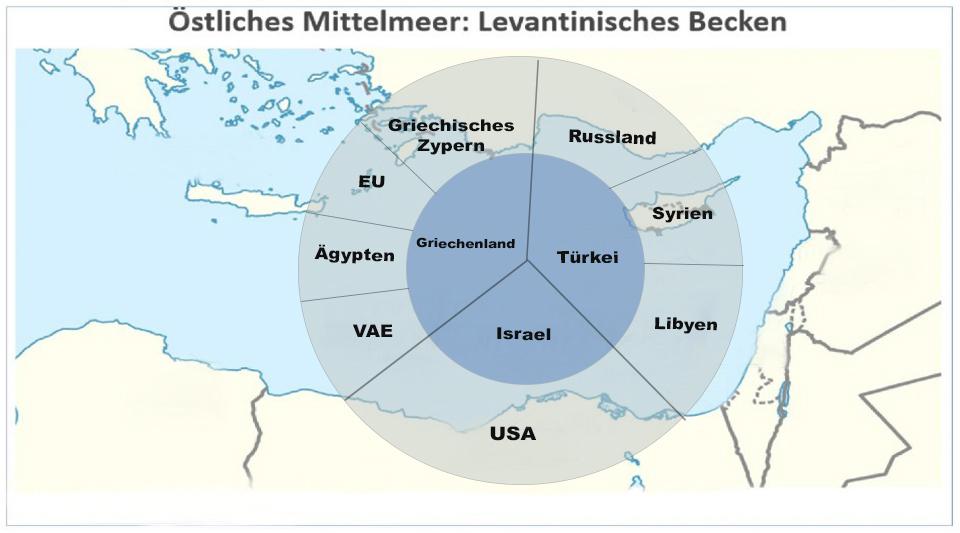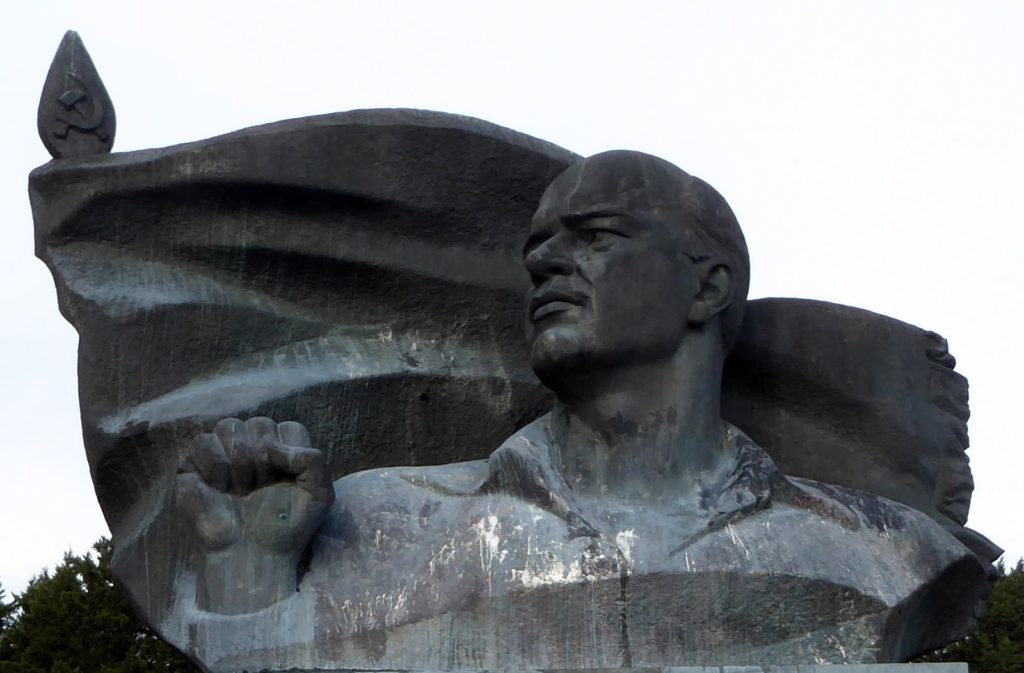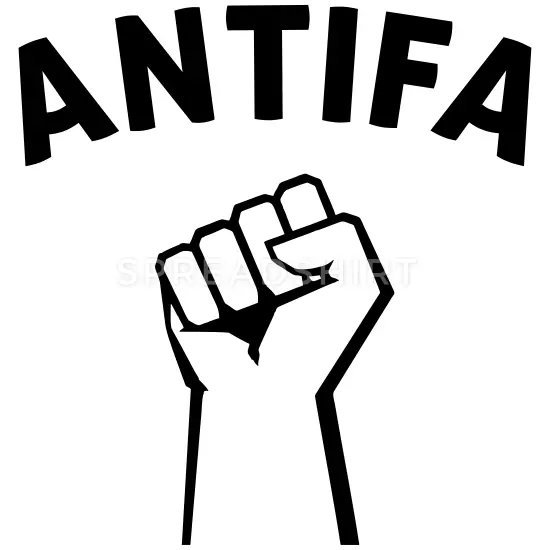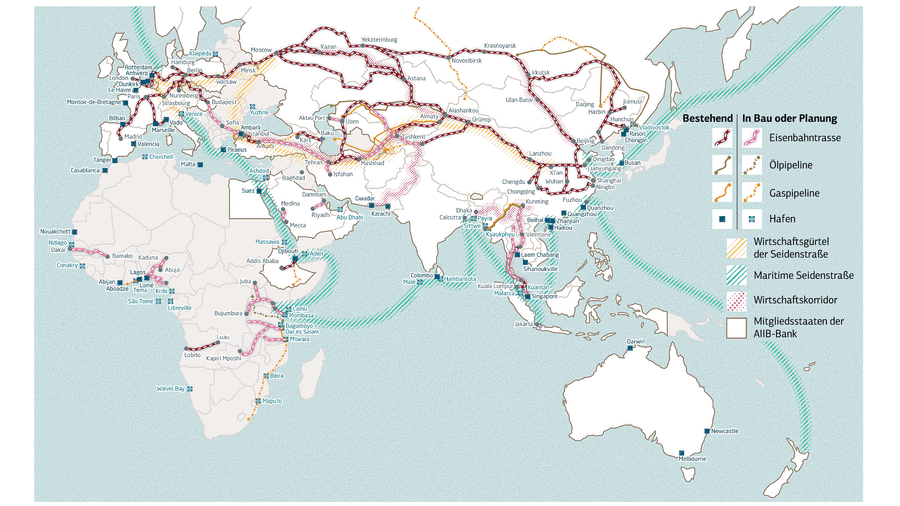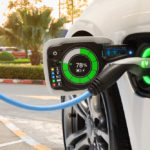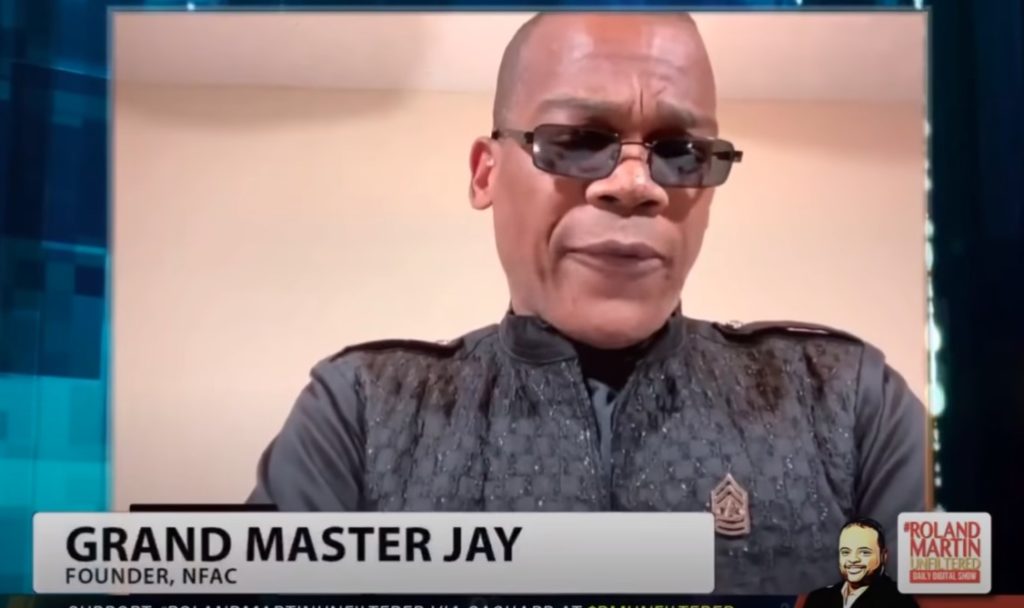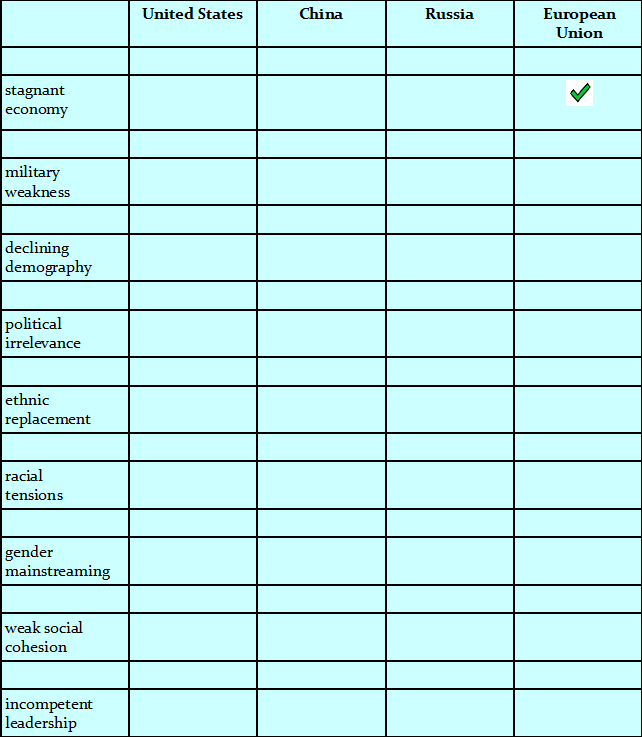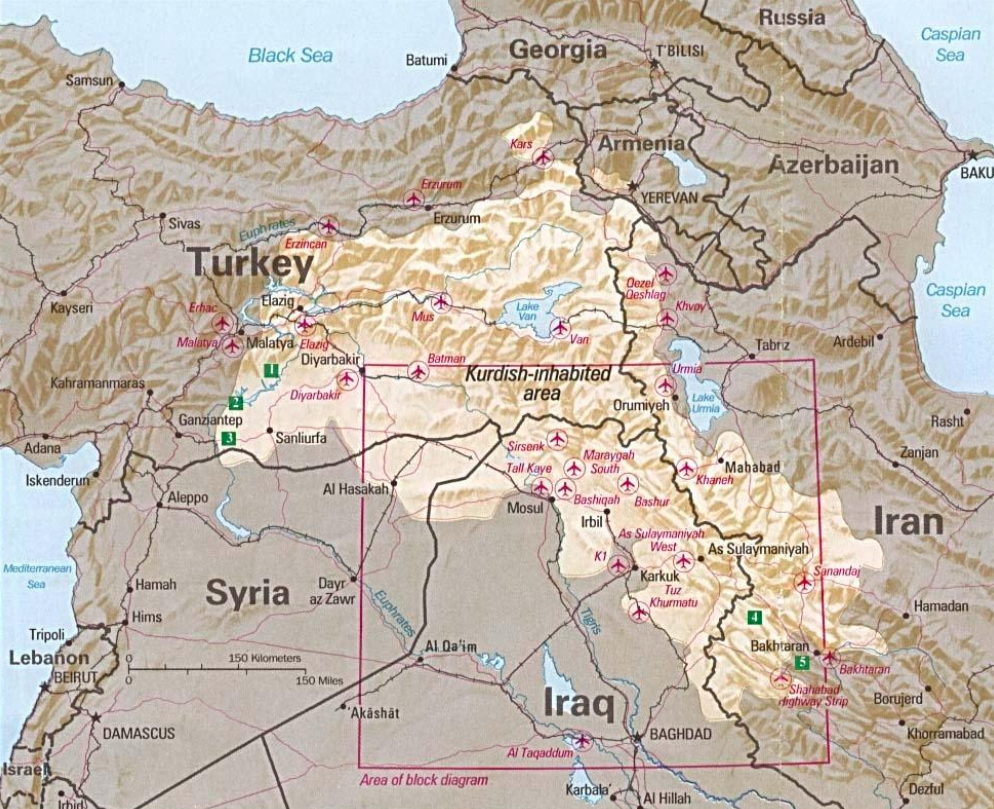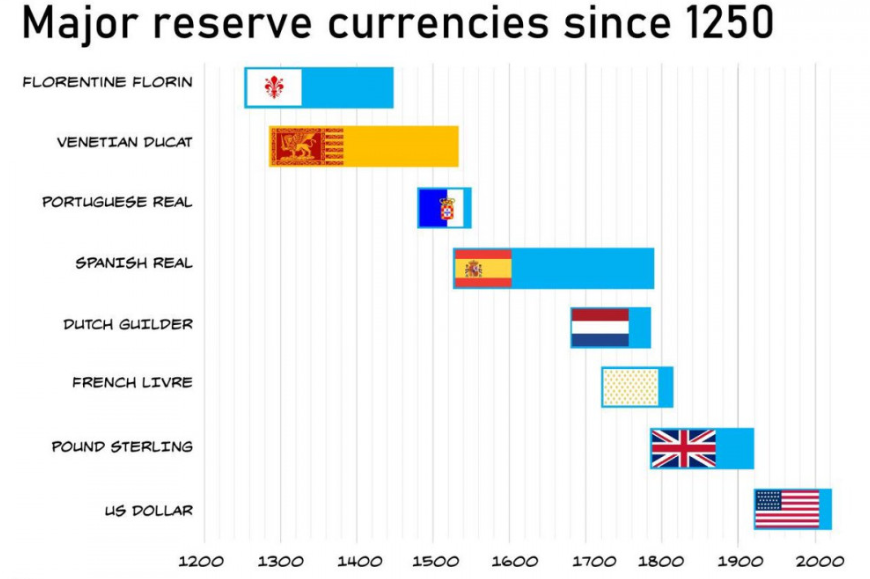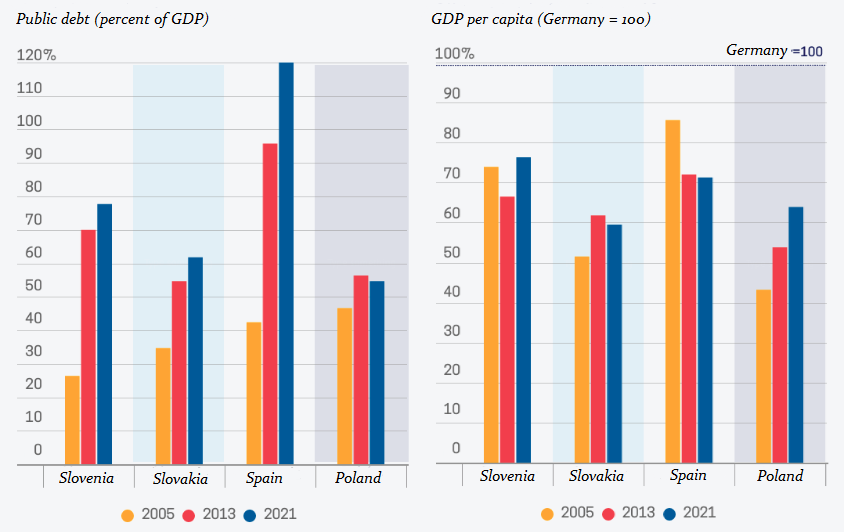A good thing – product or service – spreads like wildfire without much talk about it, without much advertising, let alone enforcement. That was the case with automobiles, the radio or television, DVD or CD players, personal computers or cell/mobile phones. A good thing is appreciated by people and demand for it is natural and growing. Advertising only concerns brands but not the thing itself. Have there been a worldwide action undertaken to enforce personal computers? Hardly. The attractiveness of the product, its usefulness in terms of entertainment, business or education could not be overrated. The same was true of mobile cell/phones. Everybody wanted to have one, appreciating the advantages that the device provided its owner with. What does it look like with electric vehicles?
For years we have all been exposed to an intense propaganda; governments have been promising extra money for buyers of electric cars, and people are made to feel guilty if they want to continue to use vehicles running on petrol, oil or gas because they allegedly wreak havoc with the environment. The electric means of transport is said the be the future of communication with no alternative whatsoever. What can be said about this hectic and frantic activity on the part of those who push electric vehicles?

Source: Wharton University of Pennsylvania.
The automotive industry is one of the mainsprings of economy. For all practical purposes it is concentrated in but very few countries – Germany, France, Italy, Japan, Sweden – and it provides those countries with enormous income, giving employment to millions of their residents. The industry had been developing for decades until it reached a saturation point: in the Western world, in the eighties everybody who wanted had an automobile while families often had two. The industry was nearing the dead end. Under such circumstances the dismantling of the Soviet bloc was a godsend, a windfall, a blessing. All of a sudden – from one day to another – the car market enlarged by the whole of Eastern Europe and post-Soviet Asian republics. If you are old enough, you will have remembered: one of the first visible changes that took place in the former socialist countries was the rapid disappearance of Ladas, Trabants, Wartburgs, Skodas, Dacias, Moskvitches, Zaporozhetses and, and, and. They were all scrapped while a string of Western automotive brands flooded East Germany, Poland, Czechoslovakia, Hungary, Romania, Bulgaria, Lithuania, Latvia, Estonia, Belarus, Ukraine, Moldova, and Russia. On the one hand the West rid itself of its stock of old cars (at that time it was mainly second-hand vehicles that were purchased east of the Elbe), on the other it began setting up chains of car showrooms for East European customers who at the long last could fulfil their dream of possessing a Renault, Peugeot, Citroen, Audi, BMW, Volkswagen, Mercedes, Volvo, Toyota, Nissan or Mazda. Was it not a heyday for the Western automotive industry? Continue reading →



